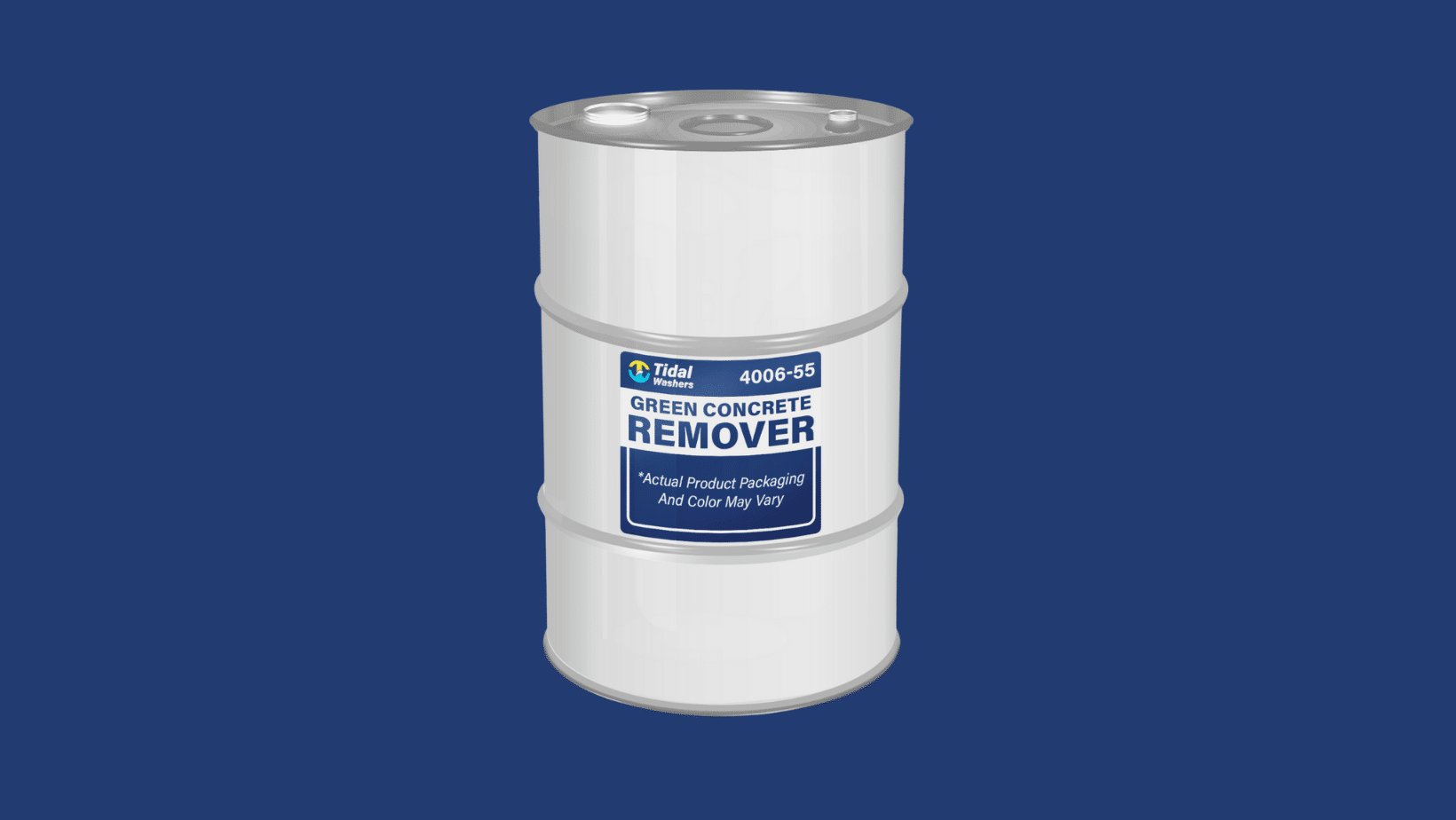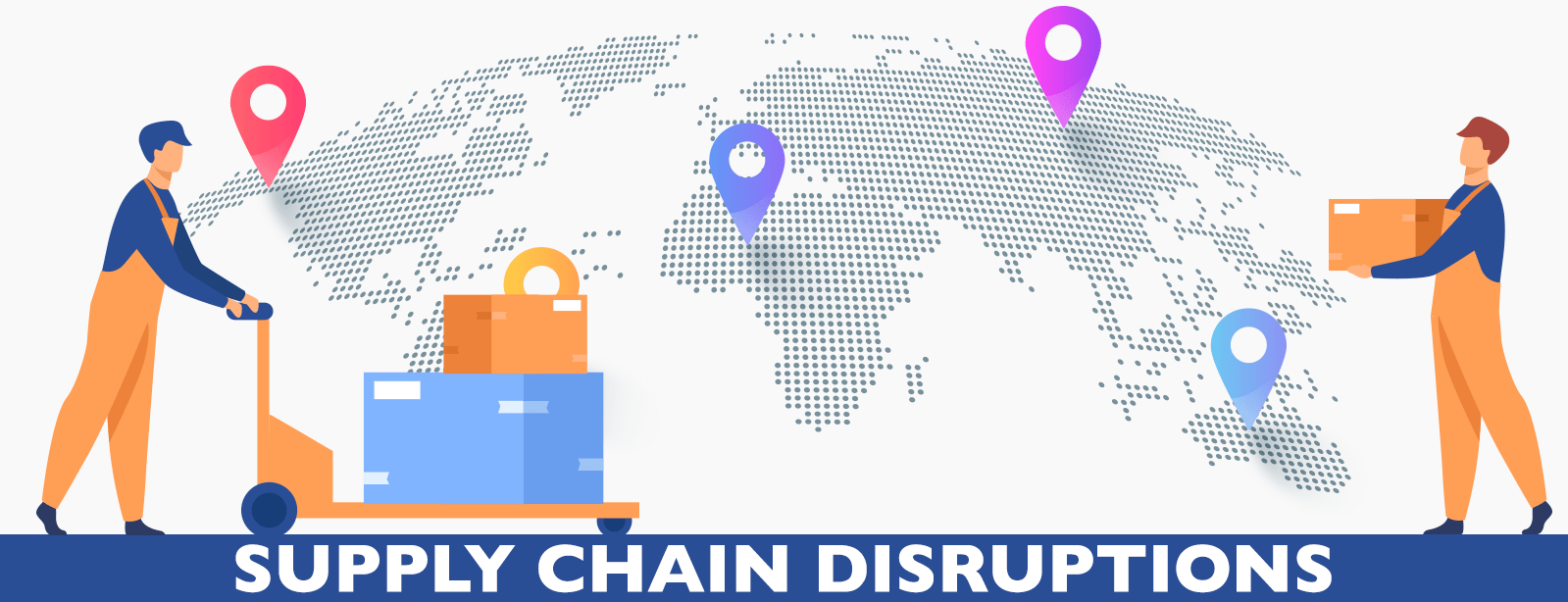Paint strippers are notorious for their strength as solvents. But this strength typically comes with a cost: these chemicals are usually highly...
Blog


CHEMICAL INDUSTRY NEWS
Chemical Chat – Discover What’s New!
The Benefits of Green Concrete Remover
Definition of Green Concrete Remover Do you work in an industry that frequently uses concrete? If so, you know how difficult it is to remove...
What Is The Millipore Test Standard?
What is the Millipore test standard? The Millipore test standard is best explained by looking into the history behind Millipore. Millipore was...
The Chemical Industry & Supply Chain Disruptions
In everyday life, it’s common to not be able to get the products and supplies a consumer needs due to the many supply...
The Benefits of Green Concrete Remover
Definition of Green Concrete Remover Do you work in an industry that frequently uses concrete? If so, you know how...
Company News

Managed Services
Discover the Latest in Safe and Sustainable Chemical Solutions
Stay informed with Ecolink’s blog! Subscribe now
Chemical Management Information
Stay updated with us
Sign Up for the Latest Updates
Stay informed about chemical supply chain disruptions and emerging innovations to keep your business at the forefront of efficiency and innovation. Uncover new ways to make your business practices more sustainable by incorporating safer products into your cleaning lineup.


























